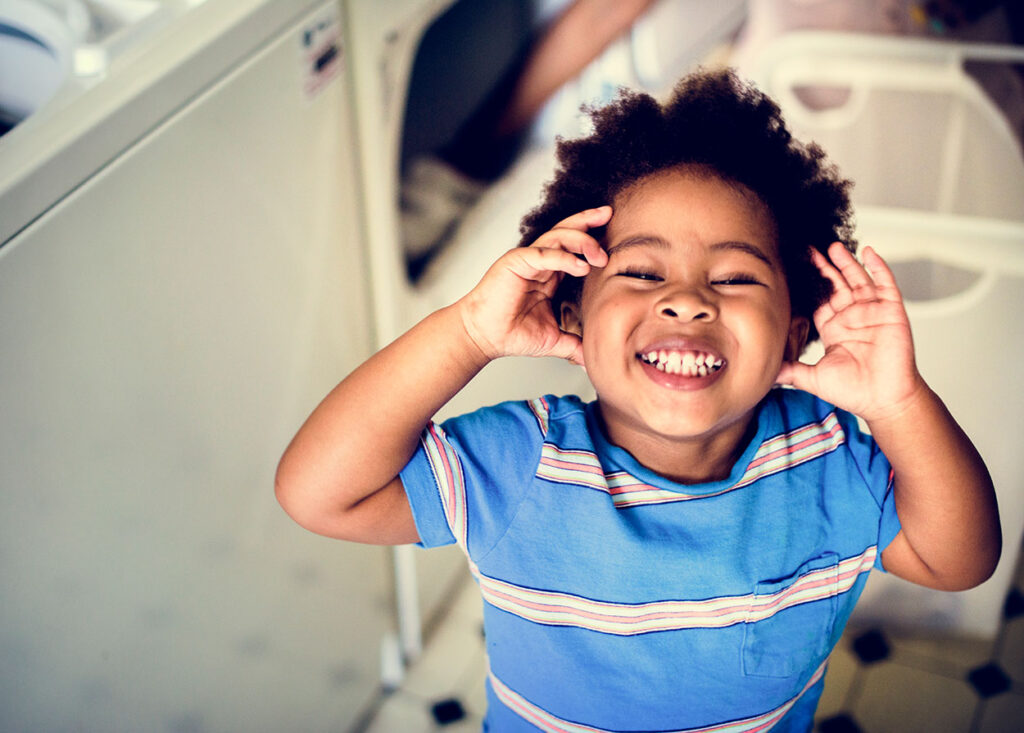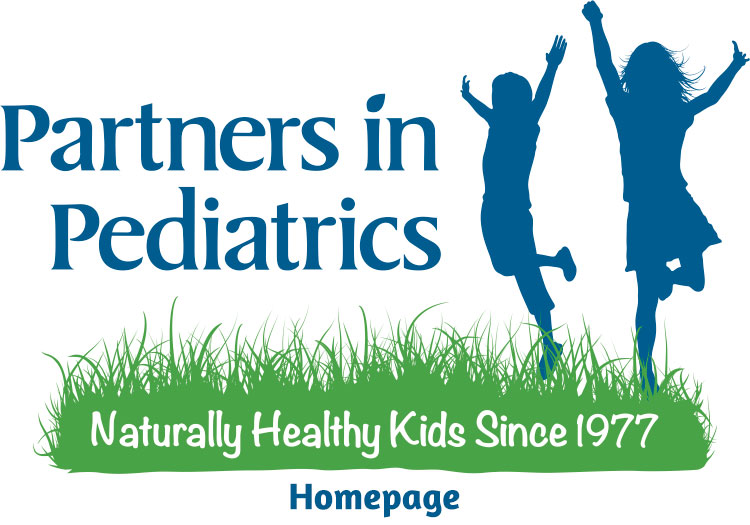Thanksgiving is drawing near, as is the end of 2020. It is an understatement to say that 2020 has been a difficult year, with a global pandemic, a contentious political election process, and an uncertain economy. Social distancing has been the norm for some time now and, with the increase in COVID-19 cases and hospitalizations combined with the arrival of colder weather, it is unclear whether families and friends will even be able to gather together to celebrate the holidays this year. As your caring integrative pediatrician and favorite medical home in the Denver metro area, we have been working hard to support your children’s health during this incredibly stressful year. As a part of our practice philosophy, we never lose sight of the fact that providing high quality pediatric health care requires combining conventional medicine with a holistic approach. In that attitude, we believe that Thanksgiving is the perfect time to look beyond the obvious difficulties of this year and focus, instead, on the very important concept of gratitude. You may rightfully think that, in the midst of all the physical and emotional turmoil of this year, it is difficult to focus on the people and things for which we are grateful. We can’t deny that fact, but now more than ever it is important that we try! So why is gratitude so important and how do we go about developing it?

The Importance of Gratitude
We totally get it–with so many stressors in today’s world, it may seem like you just don’t have the time or energy to find things to be grateful for, let alone develop a gratitude practice! In reality, though, there is evidence-based research indicating that practicing gratitude can actually enhance the quality of your life in certain key ways–improving your immune system (gratitude has been linked to fewer signs of heart disease), lowering the risk for mental health issues, improving the ability to cope with stress, and developing healthy habits such as exercising more and eating a healthier diet. According to the National Alliance on Mental Illness, gratitude has the ability to strengthen and improve relationships, as well as promote new connections, by making one more likely to offer emotional support and assistance, share their possessions with others and forgive more willingly. Gratitude has also been linked to a significantly lower risk of major depression, generalized anxiety disorder, phobia, nicotine dependence, alcohol dependence and drug abuse. And if that’s not enough, practicing gratitude has been found to promote higher levels of alertness, enthusiasm, determination, attentiveness and energy. We can’t think of any downsides, so let’s get going with some ideas to help you and your family develop your own gratitude practice, just in time for Thanksgiving!

Suggestions for Actively Developing A Sense of Gratitude
Everyone experiences a variety of emotions every day without giving much thought to the process. However, gratitude is not simply an emotion–it is also an attitude and practice that you and your family can actively develop to improve your sense of physical and emotional well-being. Thankfully (see what we did there?), it’s an easy habit to cultivate, not requiring much time or energy. As your holistic pediatrician, we’d like to share the following suggestions from the American Academy of Pediatrics:
- Focus on what went “right” each day. Take a couple of minutes at bedtime to talk about or write down in a gratitude journal at least one thing, no matter how small, or one part of the day that you and your family are grateful for. Studies have shown that gratitude improves sleep quality and decreases symptoms like unexplained aches and pains. By focusing on the positive parts of the day, gratitude helps set us up for a positive outlook for the day to come.
- Don’t save conversations about gratitude for Thanksgiving. Whether driving back home or enjoying a family game night, talking about the people you are grateful for in your life—and why—can go a long way. Think about positive traits in others that make us feel grounded, loved, and give us a sense of security. Reminding ourselves of those high-quality relationships can help us manage anxious and sad thoughts more effectively.
Promote sincere verbal or written expressions of thankfulness. Creating a habit of thankful expression helps to increase self-esteem, mental strength, and positive social behaviors—such as helping, sharing, and volunteering. All of these are vital to strengthening our resiliency, a trait that we all need right now. - Find ways to help others in need. It’s important to encourage children and teens to take active steps in providing service to their communities. Help them find causes that they are interested in, such as volunteering for a nursing home or raising money for charity. By participating in such giving activities, they will gain a sense of purpose and develop skills that will help them succeed in life.
- Be a role model. One way to teach your children to be more grateful is by actually being more grateful yourself. Show them your appreciation on a regular basis and they will learn to follow in your footsteps. You can start by modeling good behavior and practicing positive discipline techniques.

The above are all invaluable tips for helping your family develop a gratitude practice. In addition, we’d like to share the following fun projects for kids (and perhaps their parents) to try:
- A gratitude jar–A gratitude jar requires only a jar (a box can also work); a ribbon, stickers, glitter, or other decorations for the jar; paper and a pen or pencil for writing gratitude notes. Once your child has decorated the jar, have them think of something each day for which they are thankful, write it down on a slip of paper and put it in the jar. If your kiddos are ever feeling down, they can take a few notes out of the jar to remind themselves of who and what is good in their lives!
- A gratitude tree– You will need several double-sided colored sheets of paper, string or ribbon, scissors, twigs or tree branches, some stones or marbles, and a vase. Begin by making one or more leaf cutouts (you can create one you like or find one online) to use as a template for your leaves. Trace the leaves on the colored paper using the template(s), and then cut out the leaves, punch a hole at the top of each leaf, and loop string or ribbon through each hole. Have your child draw or write things that they are grateful for on the leaves, and hang the leaves from the twigs or tree branches you have gathered. Put stones or marbles in a vase and then stick the tree branch or twig in the vase. Voila–you have a gratitude tree, as well as a pretty Thanksgiving decoration!
- A gratitude flower– Your children can make a gratitude flower, instead of a tree, if they prefer. Instead of creating leaves of gratitude, they’ll create flower petals of gratitude. Start by cutting out a circle (yellow is a popular color) from colored paper–this will be the center of the flower. On the circle, write “Things I’m Thankful For” or perhaps your child’s name. Next, use a template or freehand cut to create flower petals out of colored paper. Have your child write down things they are grateful for on the flower petals, and then glue or tape the petals to the center circle for another pretty Thanksgiving decoration!
- A gratitude collage– Instead of (or in addition to) a gratitude journal, have your children gather or take pictures of all the things for which they are grateful. Put all the pictures together in a collage of gratitude or pin them to a bulletin board!
The ABCs of Gratitude. Have your child sit comfortably and close their eyes. Tell them to list things they are grateful for, beginning with “A” and working all the way through the alphabet to “Z.” This exercise could get a little silly (what are you grateful for that begins with a “z”?), but just enjoy the laughter with your child!
We hope that the above ideas will help to bolster your family’s well being, not just at Thanksgiving but every day of every year to come. On the topic of gratitude, we’d also like to thank all of our patient families for trusting your children’s health and well-being to us, your appreciative and dedicated medical home for quality pediatric care in Colorado. A very Happy Thanksgiving to everyone!



Leave a Reply